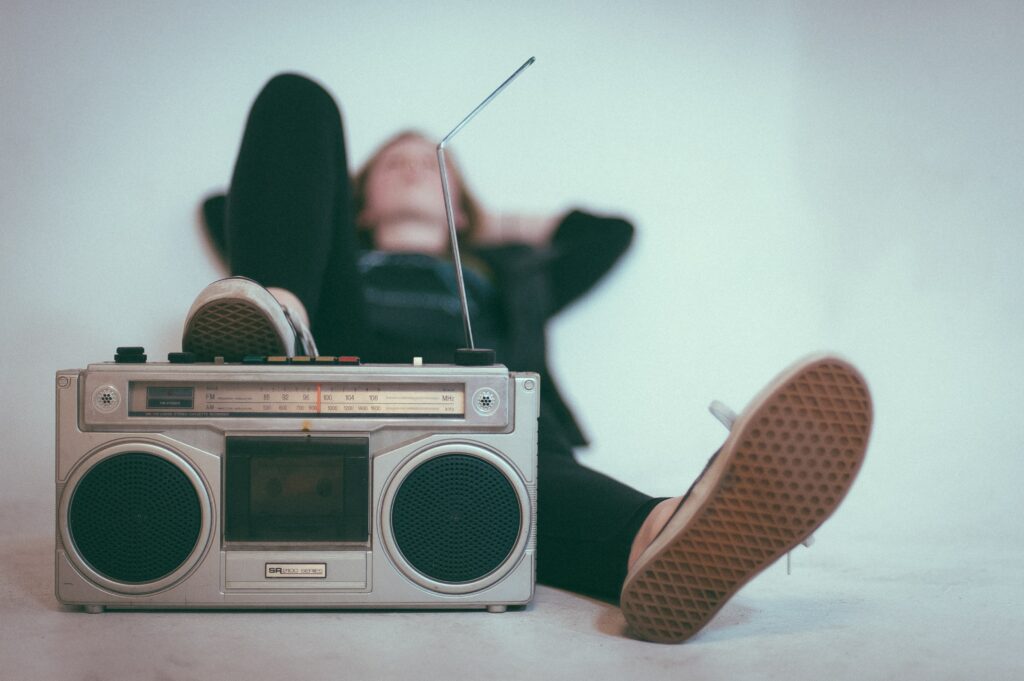Use Music to Create an Emotional Connection Between Brand and Audience
November 19, 2020
The significance of music in advertising is often overlooked. This is a shame since music can have a real impact on how the message of your branding strategy is received. Whether the music used in your advertising is a blockbuster pop hit, a meticulously composed theme song, or merely strategically placed silence, it can light up the viewers’ emotions and make them connect more strongly with the content. Music in ads will help your audience associate the content and brand with the right message and values. It helps control how people relate to your service or product, and for that reason, it should be treated as a fundamental part of the viewing experience.
Of course, you needn’t just take our word for it. To help you understand the benefits of music content in videos, we have analyzed five Cannes Lion award winners in the online video category to highlight music’s role. Music and sound – and in some instances, the lack of sound – can both create and amplify the emotional content of a video. The tactics employed by these videos showcase how audio can be used effectively to influence the mood of a video. So read on, watch and learn – and who knows, if you pay enough attention, you might win that Lion yourself one day.
Acoustic Instruments Can Add a Human Touch
Acoustic instruments can create powerful emotions in a video. It is no coincidence that over half of the videos that won made use of acoustics. “The Talk” is a prime example of how you can cultivate the desired feelings in an audience through simple measures such as just a piano and violin. The beautiful composition adds an extra layer to the visual storytelling, and the effect is organic with a real-world feel. It creates a melancholic soundscape that establishes an emotional context, helping us relate to the hardships and suffering of the people in the video as well as their real-life counterparts.
Instead of vying for maximum impact through a multi-instrumental symphony, the short film has a minimalistic approach. This is a much more powerful strategy since it personalizes the emotions and adds a layer of credibility. As a result, the overall message stands out even more. No wonder “The Talk” won the Grand Prix – it is tremendously successful in conveying its characters’ emotional interactions to the audience.
The Contrast Between Narrative and Synths Can Be an Effective Hook
Of course, using acoustics isn’t the only way to sink a hook in human emotions. The “Friendshit” commercial by K Plus uses synths to evoke the kind of tension you usually see in action films and does so in quite a clever way. The inner pressure experienced by the main character while she attempts to make new friends is accompanied by a hectic electronic drum machine beat and monotonic synths, brilliantly conveying a sense of stress and urgency to the viewer.
The synth is the most versatile of musical instruments. It can reproduce most sounds and can be used to create almost anything from bass sounds to lead melodies, percussive drum hits, and pad sounds. In “Friendshit”, the music provides a foil for the awkward social interactions between the main character and the people she tries to befriend. This serves as an alluring contrast to hook the audience from the start.
Lack of Music Can Help Focus Attention
Fitbit’s “First Time” ad is from their “Find Your Reason” campaign. Here, the absence of music helps the viewer focus entirely on the main character and his struggle to get into a wheelchair. The lack of background music and simple, dark room helps create an intimate setting and provides room for the voice-over. The combination of sound and visuals helps the story evolve and takes the audience on an emotional journey through a few simple measures.
A similar approach is used by Audi’s “Ski the World”, but in this case, the only sonic touchpoint for the viewer is the sound of skis carving across several landscapes. At the end of the film, a laid-back reggae accompanies the clever twist – that the brand’s cars maintain driving comfort in different terrains. Had the music been playing throughout the entire video, the effect would have been lessened.
Shifting the Music Keys Can Shift the Emotions
Many of the winning ads – in fact, a little over half of them – used the major key exclusively in their music. The major key is often associated with positive feelings and is a common way to create a cheerful mood. However, when used together with the minor key, it flips the emotions by speaking to our sentimental side. By switching from the major’s carefree tone to the more serious tone of the minor, you can create a powerful emotional touchpoint. Harry’s short film “A Man Like You” is a perfect example of how this can be done. Here, the music switches between naïve and melancholy to emphasize the emotional challenges of a boy growing up without a father figure.
Implementing music in branding and advertising goes beyond casually choosing a tune for a video ad. The vital role of music in Apple’s award-winning “Welcome Home” illustrates this quite well. Remember that visuals and audio should support one another in building a consistent branding strategy. When marketers rely solely on visuals to capture the attention of consumers, they risk failure. In today’s market, audio must be given its rightful place, whether your target consumers are watching TV or YouTube, streaming music, or listening to the radio.
The trick is to connect the dots between music and your brand’s associated set of emotions and then consistently apply this formula’s outcome to your branding. The audio branding experts are in charge of locating the brand’s emotional framework through sound and music.




